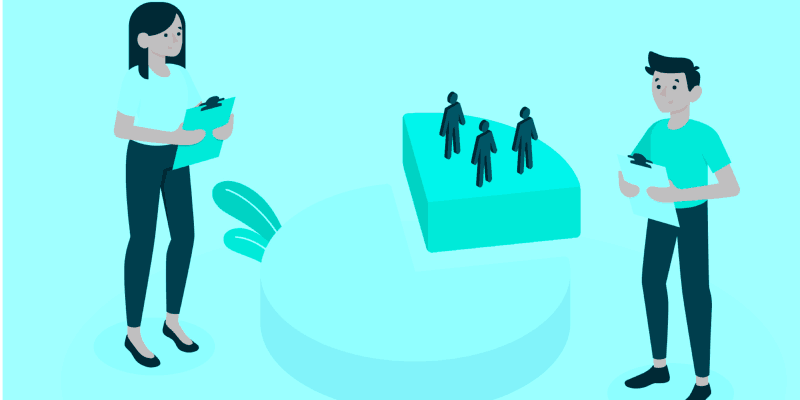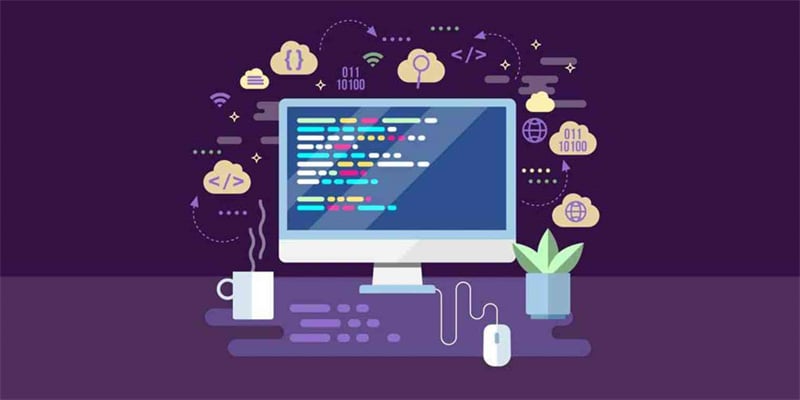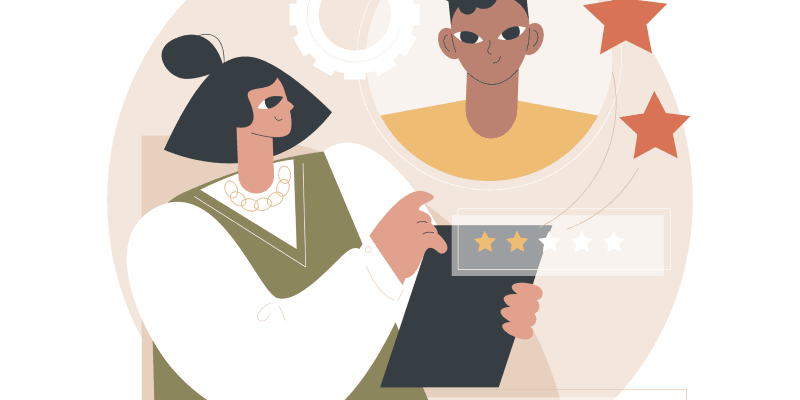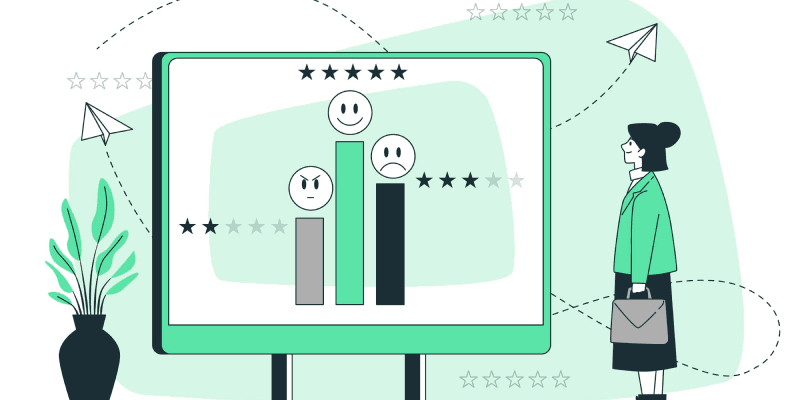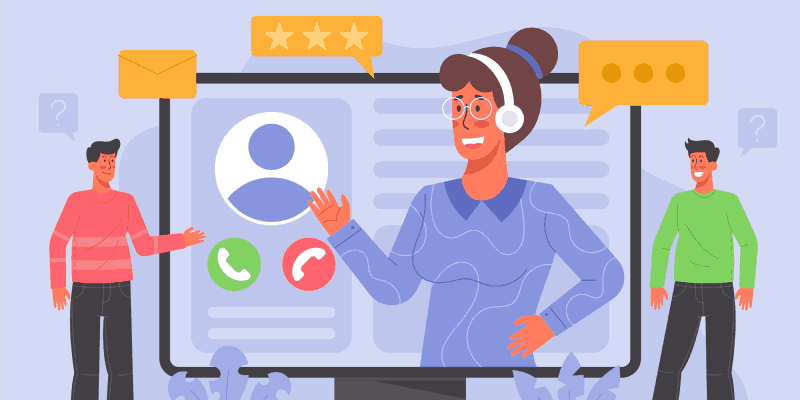Nobel Prize Research that Minimizes Customer Churn?
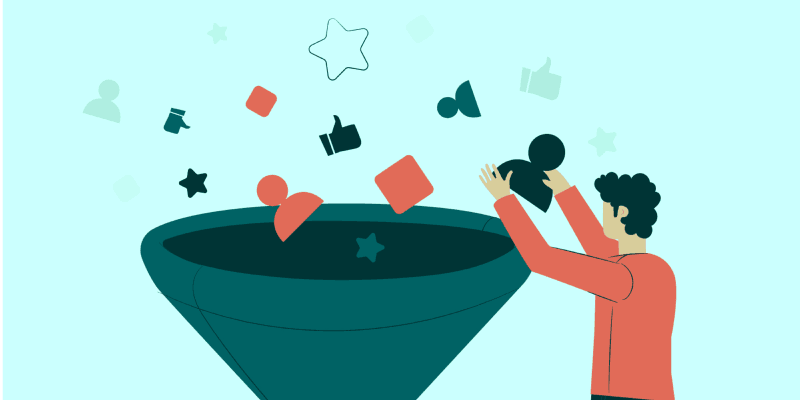
Even for companies with a laser focus on Customer Success, the period before a key client renewal can be a nervous one. How the customer ‘feels’ about your service at renewal is as (or more) important than the actual value they accrue. Every renewal is an opportunity to churn so it’s essential they ‘feel’ they have achieved sufficient utility over the period concerned.
According to Nobel Economics Laureate, Daniel Kahneman, your customer may have a dual personality when it comes to how they use, and how they remember using your solution.
- The ‘Experiencing Self’ refers to the person’s experience and feelings as they use your solution in real-time. The benefit they get from your solution as they use it in real-time is called their ‘Experienced Utility’.
- When that person looks back on their experience of using your solution at some time in the future, they become the ‘Remembering Self’. The benefit they remember getting from using your solution is called their ‘Decision Utility’.
So, when making a SaaS renewal decision, your customer will disregard the actual value that they accrued over the total contract period. They will instead rely on the value they remember getting from your solution and as we all know, memory is flawed.
Kahneman’s research has identified how your customers might subconsciously formulate the value they remember getting from your solution (Decision Utility). A behavioral anomaly he calls the ‘Peak-End Rule’ indicates that they will weigh, “two singular moments, the peak and the end, much more than the others.”1
(N.B. In Kahneman’s research, the ‘Peak’ is a negative, as it is in our context below i.e. By ‘Peak’ we mean ‘worst experience with your solution’)
By this rule, their Decision Utility score would actually be an average of two scores, the worst score during the term of the contract (the ‘Peak’) and the final score (the ‘End’). This quirk of human psychology will mean a person, “…forgets the majority of events, remembers only a few extreme incidents and gives a wholly disproportional weight to recent happenings.”2
If this phenomenon does bear out in SaaS renewals, is there anything we can do to manipulate or impact the outcome?
Yes! Firstly we need to regularly capture a metric that is meaningful to us as SaaS vendors, be it a simple Net Promoter Score (NPS) score or the outcome of a more sophisticated scoring model. We then need to do our best as Customer Success professionals to minimize the ‘Peak’ score through proactive engagement and issue resolution. The best way to achieve this is to implement a technology solution that will enable you to track how your customer uses your solution and any key behavioral trends. This will allow you to identify issues before they even arise. If you can intervene and resolve these issues in advance, your ‘Peak’ (lowest) score will rise.
Raising the ‘End’ score is a simpler task. With a defined date for the renewal, the Customer Success Manager (CSM) should already have a ‘playbook’ triggered 90, 60 or 30 days out from the renewal date to engage the customer with a view to positioning your solution in the best light come contract signing day.
In the scenario below, the customer has signed a 6-month contract and it’s nearing renewal time. The customer has completed an NPS survey each month. The CSM would expect the customer to renew, given the average NPS score is 9 (Row A), indicating this customer is a ‘Promoter’. However, according to the Peak-End Rule, the score this customer will be using to inform their renewal decision is 6 (Row B), a ‘Detractor’ score. This means the customer is certainly at greater risk of churn.
The good news is, a CSM, working with an integrated Customer Success platform, can ensure you never receive that low NPS score in March, by:
- Solving the issue prior to the customer becoming aware of it
- Resolving the issue as it happens, to the Customer’s satisfaction
Thus, March’s low NPS score changes from a 6 to a 9 (Row C). This one change moves your Peak-End score into the ‘Promoter’ range and your renewal passes successfully!
Kahneman’s research relating to the Peak-End rule related to patient’s experience of medical procedures rather than consumption of SaaS. If there is any domain-related research I’m not aware of, please drop it into the comments below. I look forward to seeing this theory borne out or refuted in the Customer Success context in the future.
Notes:
- Kahneman, Thinking, Fast and Slow (New York: Farrar, Straus & Giroux, 2011), p.380
- Harari, Homo Deus (London: Harvill Secker, 2015), p.339
.
